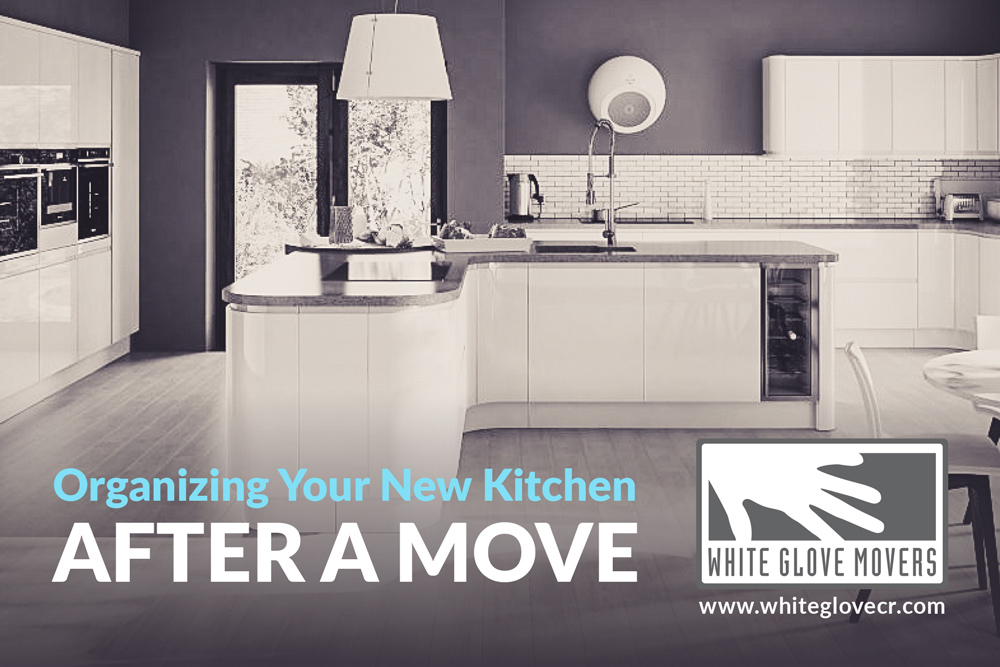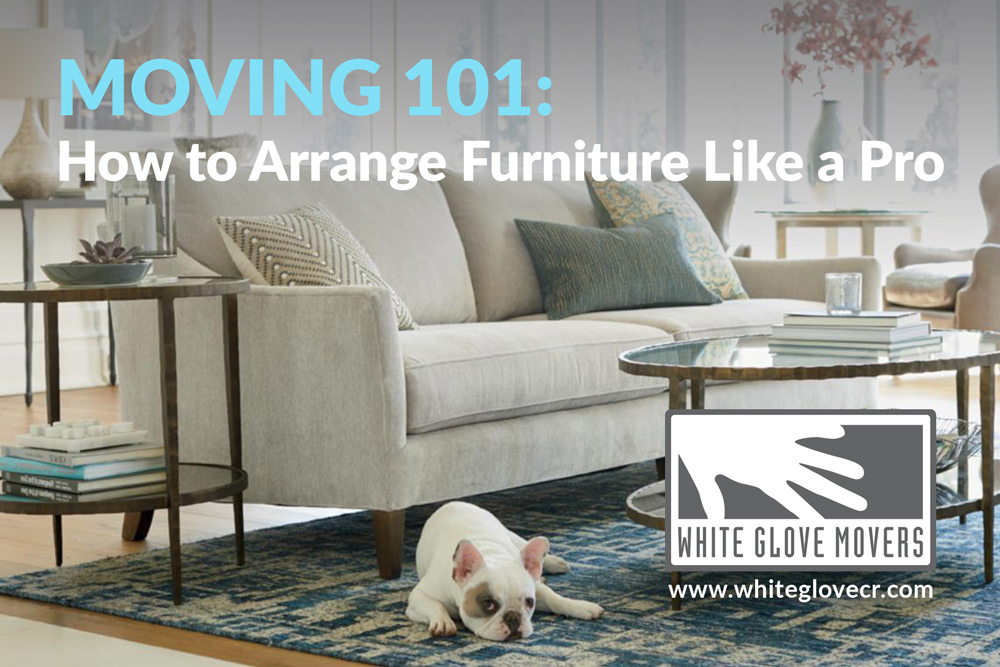Once you’ve decided to make your residential move a do-it-yourself one, you’ll begin to estimate the costs and potential risks involved. Then, you’ll need to calculate how much work it will take and fully commit yourself to the idea that you’ll be the one taking care of the whole project. Once you’ve accepted the task of managing your move all on your lonesome, you’ll start to really put your decision-making skills to the test. The demand on your time will be significant, so there’s really no point in spinning your wheels for too long.
On your list of moving-related tasks will surely be securing a moving truck. Since the average person doesn’t have an ideal moving vehicle, you’ll probably be renting a moving truck. Finding one is fairly easy since there are several high-quality rental truck companies out there. The challenge is choosing the one that will fit all of your items and your budget.
To help you determine what size moving truck is best for your move, you might want to consider the following:
Selecting the right truck size
It might seem a bit obvious but choosing the right moving truck for your residential move depends on what you’ll be moving and how long it takes to get there. In order to make the correct decision regarding your rental truck, be sure to think about the following things first:
How big is your home?
Obviously, the bigger your home is the more items you’ll be moving out of it. A four-bedroom house will require a larger moving truck than to a two-bedroom apartment, so be mindful of your current space.
How many items are going with you?
Have you been paring down your items as part of your moving preparation? If you’re starting to adopt a more minimalistic lifestyle, or you’re settling into a new smaller space, you’ll want to keep that in mind when booking a truck. On average, a 16-foot moving truck is ideal for relocating a two-bedroom house.
How far are you moving?
Another factor that will determine the size of your moving truck. If your move is local, you can make several trips back and forth, so having a moving truck that will fit everything isn’t a necessity. If your moving is a far one, then you’ll want to go with a larger truck. There’s no point in paying for space you don’t need, so try to have a good gauge of volume when you choose your truck.
To give you a good perspective, here’s a list of common truck sizes:
- 10-12 feet: these trucks can usually haul a studio or a small one-bedroom apartment that don’t have large pieces of furniture or appliances.
- 14 feet: best used for one-bedroom homes and small two-bedroom apartments
- 16-17 feet: good for two-to-three bedroom apartments and homes
- 20-22 feet: ideal for large three-bedroom homes
- 24 feet: the best choice for four-bedroom homes
- 26 feet: perfect for houses with five plus bedrooms
Would you like some help moving your household? Let the professional team at White Glove Movers help you move into your new home.





